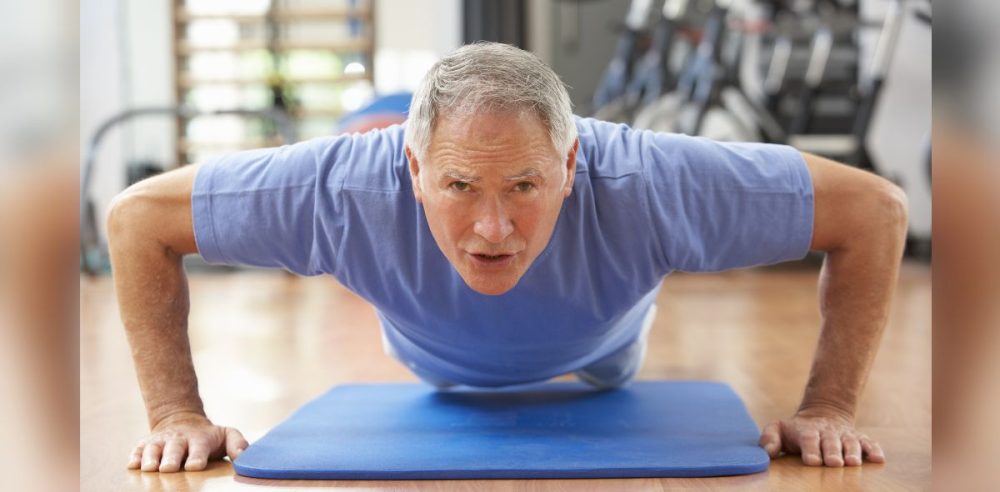Getting old does not mean inevitable frailty, especially for those who engage in the right type and amount of physical activity.
While aging comes with a measure of deterioration of physical ability, the pace and extent of those declines can be reduced or even reversed in some instances.
As we age, barring intervention, we experience muscle loss, decreased bone density, and joint deterioration. This can lead to chronic pain, fractures, and reduced mobility, all factors that increase the likelihood of even less movement, compounding the problem.
While aging can bring a host of physical challenges, a body wracked with pain is not set in stone. By consistently staying active, you can fight back against age-related declines, improving your quality of life into your later years.
As we age, muscles naturally start to shrink and lose strength. Known as sarcopenia, the decline usually starts at a relatively young age of 30, picking up steam as we enter our 60s. Muscle loss makes everyday tasks more difficult. It also increases the risk of serious injuries from falls.
Fortunately, battling back against sarcopenia can be accomplished with as little as two to three strength training sessions per week, according to some recommendations.
In fact, more is not necessarily better. Lifting weights too frequently may not allow your body enough time to recover. After all, muscle is not actually built during the workout; instead, it happens in the days following training.
Another benefit of certain types of resistance training, like squats, is that they strengthen your frame, helping your bones to strengthen.
We also have control over our joint health. As we age, the cartilage that surrounds our joints can deteriorate. Dr. Stephanie Faubion, medical director of Mayo Clinic’s Center for Women’s Health, says that for women, menopause can prompt joint aches to start, likely related to a reduction in estrogen. This can result in pain and immobility.
However, joint health can be partly maintained through regular mobility work incorporating all motion planes. Think of it as greasing your joints like a well-oiled machine.
While weight training and mobility exercises are essential, you also need to give sufficient attention to your heart. Cardiovascular exercises can improve circulation, burn extra calories, and improve endurance.
One excellent option that incorporates both cardio and strength training is rucking. This increasingly popular activity involves wearing a loaded backup or weighted vest and going for a moderately intense walk. The exercise is inspired by the training you might find on a military base: soldiers marching for miles while weighed down with heavy gear.
The added weight helps build muscle and strengthen bones, especially on hilly terrain. The increased intensity, coupled with the extra weight, ensures your heart simultaneously gets a solid workout.
The bottom line is that frequent and diverse types of movement are critical to a healthy and pain-free body later in life.


